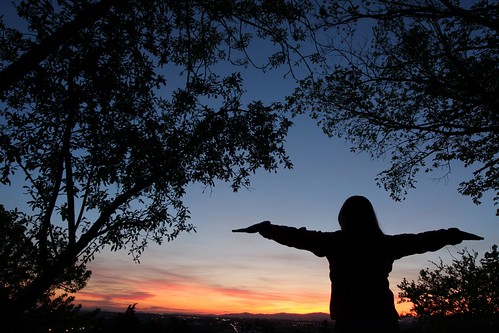Ical principles of autonomy, beneficence, non-maleficence and justice were assured,30 also to following the Helsinki Declaration.31 As outlined by Norwegian law, the study was exempted from approval by the Regional Ethical Committee since it was not asking for wellness data and did not contain patients. Participants had been given written and oral details, and written informed consent was obtained PubMed ID:http://www.ncbi.nlm.nih.gov/pubmed/21331531 for participation. All participants agreed to possess the interviews recorded and none withdrew during or immediately after the interviews. The voluntary nature with the study and confidentiality had been assured during the collection, handling and reporting of your data.The teachers experience the group of adolescents with pain as heterogeneous. Adolescents from all socioeconomic classes express pain, both in households with and without the need of identified psychosocial issues. The teachers contemplate that far more girls than boys express discomfort. Even so, they also report that boys have grow to be more like the girls in that they complain far more about discomfort. Furthermore, the boys have changed how they express their problems from being more physical and sometimes violent to expressing greater apathy and much more complaints about discomfort. The teachers express their concern that extra adolescents have a health-related diagnosis and query the explanation for such diagnoses. Ordinary life hurts and small crises –common in this age group–are provided diagnoses:Pupils, and not least the parents, truly want to possess a diagnosis. It’s simpler to hide behind a diagnosis.FINDINGS The principle theme of our findings concerning teachers’ experiences with adolescents’ pain is the fact that pain in daily life is a social, physical and BTZ043 custom synthesis psychological interwoven phenomenon.  Through empirical analyses, 3 subcategories emerged: (1) each day pain–expressing strenuous life; (2) managing pain–escaping struggle and (three) tactics of teachers–support and normalisation.The teachers report that adolescents today want quick relief when they knowledge discomfort and daily challenges, which implies that such challenges are hard to accept when they take place. The teachers describe an ideal of no harm or pain. The adolescents have restricted experience in managing resistance to discomfort. Some parents willingly do what they could to assist their adolescent young children stay clear of experiencing pain as well as understand to resist (take care of) pain. The teachers clarify this as a common trend in society:Anything is fixed, everything is served up on a silver plate, and also you just must click online to discover solutions.Daily PAIN–EXPRESSING STRENUOUS LIFE The teachers report that even though most adolescents express physical pain as a approach to enter into contact with their teacher about their pain, in most cases, you will discover also psychological and social components–the physical reason is made use of as a gate opener. The teachers’ understanding is that the strenuous life lived by adolescents is manifested in their bodies and causes pain. They must talk using a known adult:Rohde G, et al. BMJ Open 2015;five:e007989. doi:ten.1136bmjopen-2015-Teachers note that today’s adolescents have to cope with quite a few demands, even more than prior generations. Within the college setting, they have to carry out academically, like in tests and oral presentations. At college, adolescents are continually visible and are constantly getting measured and evaluated. They compareOpen Access themselves with their peers and want to be like them. To avoid expectations, adolescents might blame failure on pa.
Through empirical analyses, 3 subcategories emerged: (1) each day pain–expressing strenuous life; (2) managing pain–escaping struggle and (three) tactics of teachers–support and normalisation.The teachers report that adolescents today want quick relief when they knowledge discomfort and daily challenges, which implies that such challenges are hard to accept when they take place. The teachers describe an ideal of no harm or pain. The adolescents have restricted experience in managing resistance to discomfort. Some parents willingly do what they could to assist their adolescent young children stay clear of experiencing pain as well as understand to resist (take care of) pain. The teachers clarify this as a common trend in society:Anything is fixed, everything is served up on a silver plate, and also you just must click online to discover solutions.Daily PAIN–EXPRESSING STRENUOUS LIFE The teachers report that even though most adolescents express physical pain as a approach to enter into contact with their teacher about their pain, in most cases, you will discover also psychological and social components–the physical reason is made use of as a gate opener. The teachers’ understanding is that the strenuous life lived by adolescents is manifested in their bodies and causes pain. They must talk using a known adult:Rohde G, et al. BMJ Open 2015;five:e007989. doi:ten.1136bmjopen-2015-Teachers note that today’s adolescents have to cope with quite a few demands, even more than prior generations. Within the college setting, they have to carry out academically, like in tests and oral presentations. At college, adolescents are continually visible and are constantly getting measured and evaluated. They compareOpen Access themselves with their peers and want to be like them. To avoid expectations, adolescents might blame failure on pa.